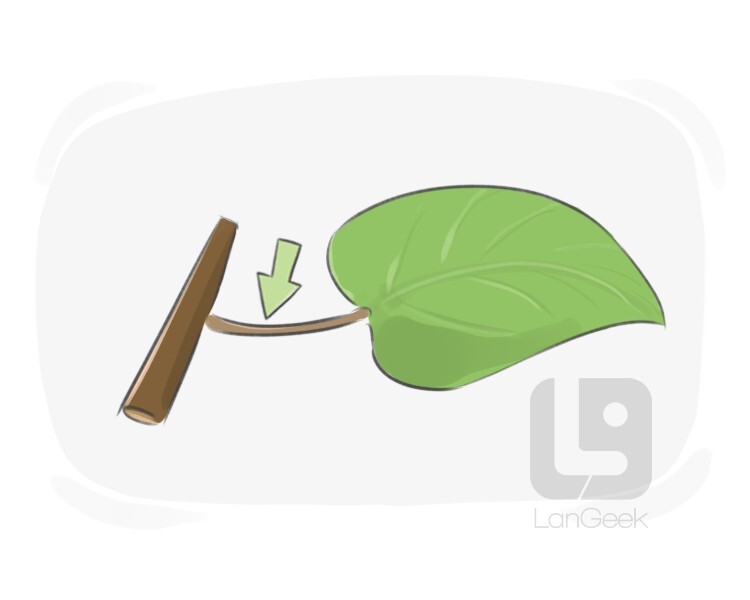Search
Select the dictionary language
the main part of a plant that connects the roots to the twigs, leaves, and flowers

What is a "stem"?
A stem is a vital part of a plant's anatomy that supports leaves, flowers, and fruits, and serves as a channel for transporting water, nutrients, and sugars throughout the plant. Stems come in various shapes and sizes, ranging from woody and rigid to soft and flexible, depending on the plant species. They can grow above or below ground, and they often exhibit nodes, where leaves, branches, or flowers emerge, and internodes, the spaces between nodes. Stems play a crucial role in the growth, structure, and overall health of plants, enabling them to thrive in diverse environments and adapt to changing conditions.
(in linguistics) the base form of a word after removing affixes
What is a "stem"?
A stem is the base form of a word to which affixes, such as prefixes or suffixes, can be added to create new words or modify its meaning. The stem contains the core meaning of the word and can stand alone or serve as the foundation for further word formation. For example, in the word "unhappiness", the stem is "happy", which conveys the primary meaning, while "un-" and "-ness" are added to change the meaning and grammatical function. Stems are essential in linguistics for understanding word structure and the relationships between words in a language.
a long, narrow, or cylindrical part of an object or mechanism
a type of turn in skiing made by angling one ski outward while the other remains straight
the forwardmost part of a ship or aircraft, forming its leading edge or prow
the hollow shaft of a smoking pipe connecting the bowl to the mouthpiece
a person's leg, often used playfully or in casual conversation
to stop something, particularly something undesirable, from developing or spreading
to restrain, obstruct, or halt the movement or flow of a liquid
to extract or cut away the central supporting structure, typically of fruit or tobacco leaves
fields of study and careers that focus on science, technology, engineering, and mathematics
What is "STEM"?
STEM (Science, Technology, Engineering, and Mathematics) is an interdisciplinary approach to learning that focuses on these four fields. STEM education encourages problem-solving, critical thinking, and innovation, preparing students for careers in areas like science, engineering, technology, and mathematics, which are essential to modern society.
Lexical Tree




























